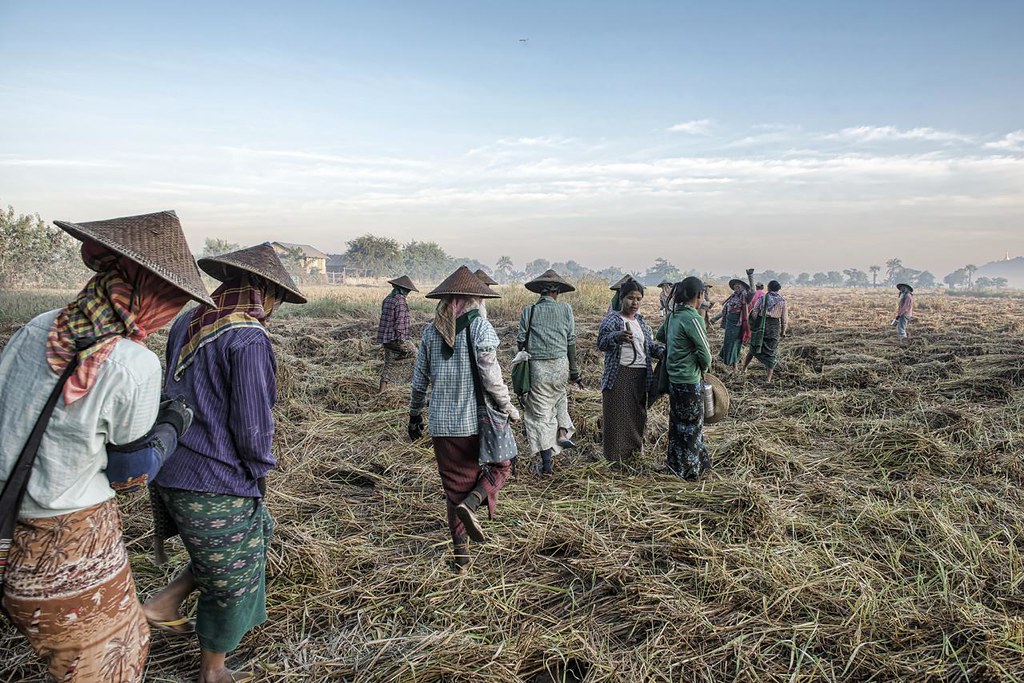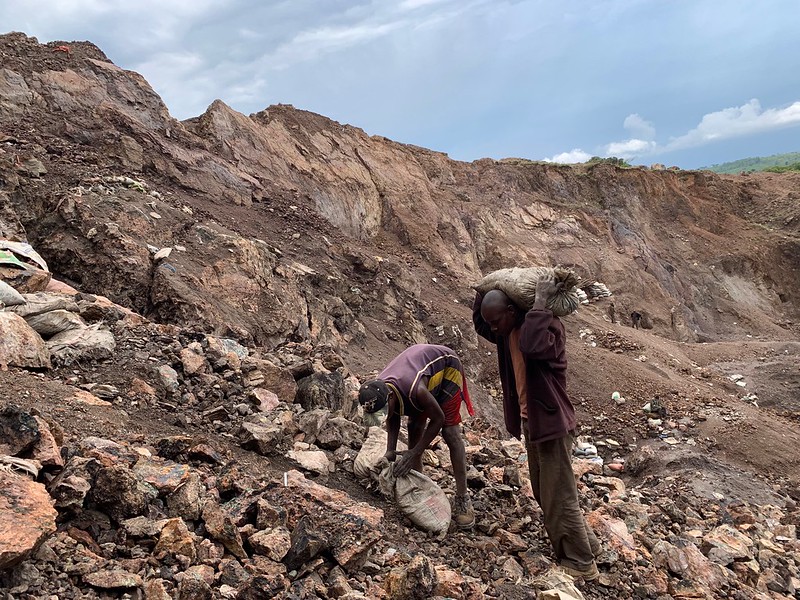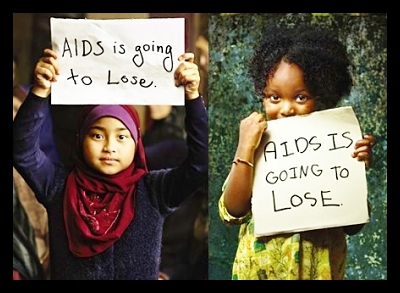
Numerous non-governmental organizations (NGOs) fight against injustices including poverty, changing weather patterns and hunger all around the world. Human rights violations have increased dramatically in Myanmar, and homelessness is now becoming the standard. Around 40% of Myanmar’s population lives below the poverty line and is in desperate need of help. Here are five NGOs Active in Myanmar helping fight these horrific issues.
5 Active NGOs in Myanmar
- PACT – With 3,100 employees, Pact is the largest international NGO operating in Myanmar at the moment. Since its establishment in the nation in 1997, Pact has been active in 2,636 villages spread throughout 30 townships, including Kayah State and the regions of Magway, Mandalay, Sagaing and Yangon. It is widely regarded as one of the first international NGOs to offer microfinance loans in Myanmar. Pact creates and executes initiatives that optimize local ownership and make use of already-existing networks and infrastructure. Their work in Myanmar includes a wide range of interventions, such as those in the areas of health, livelihoods, local governance, the strengthening of civil society, renewable energy, water and sanitation.
- The Asia Foundation – The Asia Foundation is a nonprofit organization dedicated to enhancing people’s lives throughout Asia. Its efforts in Myanmar focus on five overarching objectives: enhancing regional collaboration, empowering women, increasing economic opportunity and enhancing environmental resilience. The Foundation’s office in Myanmar offers extensive assistance to the institutions that make up the nation’s political, economic, social and educational systems. As part of their work, it improves the nation’s capacity for regional and international integration, supports initiatives for inclusive economic development, promotes women’s empowerment and political participation and improves public access to information. It also contributes to informed dialogues on the peace process.
- The International Development Association – An affiliate of the World Bank, the International Development Association (IDA) offers loans and consulting services to credit-worthy poor and middle-income countries. For the growth of basic social services in Myanmar, IDA offers block grants and concessional loans. It also supports a wide range of community-designed development initiatives that help to advance equity, economic development, job creation, higher incomes and improved living conditions. Primary education, fundamental health care, access to clean water and sanitation, agriculture, a better business climate, infrastructural upgrades and institutional changes are among the areas where IDA works in Myanmar.
- Médecins Sans Frontières (MSF) – People that armed war, epidemics and natural disasters impact receive emergency relief from the international medical group called Médecins Sans Frontières (MSF). MSF provides basic health and reproductive care, tuberculosis and malaria medicines, as well as emergency referrals. It is the leading HIV and AIDS provider in Myanmar. MSF has been operating in the nation since 1992 and conducts medical operations in the Tanintharyi and Yangon regions as well as the Rakhine, Kachin and Shan provinces. Nine months after the government shut down MSF’s operations in Rakhine, which officials claimed were biased in favor of the state’s Muslim Rohingya minority, MSF restarted its work there in December 2014.
- Marie Stopes International – Since 1998, Marie Stopes International (MSI), which is a U.K.-based company, has run 44 health facilities around the nation, including facilities for teenage SRH, sexually transmitted infections and sexual and reproductive health. With the help of 55 teams, MSI also engages in significant outreach, providing clients in rural parts of Myanmar with high-quality health care services. Ten of the 14 states and regions in the nation are where MSI conducts business. In the Chin, Kayin and Mon states as well as the Ayeyarwady, Bago, Magway, Mandalay, Sagaing, Tanintharyi and Yangon areas, MSI carries out health-related activities.
Even though Myanmar is experiencing significant poverty, these five NGOs are making a difference. Through their continued aid, the quality of life in the country should only improve moving forward.
– Jake Marks
Photo: Flickr


 In June 2021, impoverished South Africans in the province of KwaZulu-Natal flocked to the town of KwaHlathi after reports of diamonds in the area, the
In June 2021, impoverished South Africans in the province of KwaZulu-Natal flocked to the town of KwaHlathi after reports of diamonds in the area, the 
